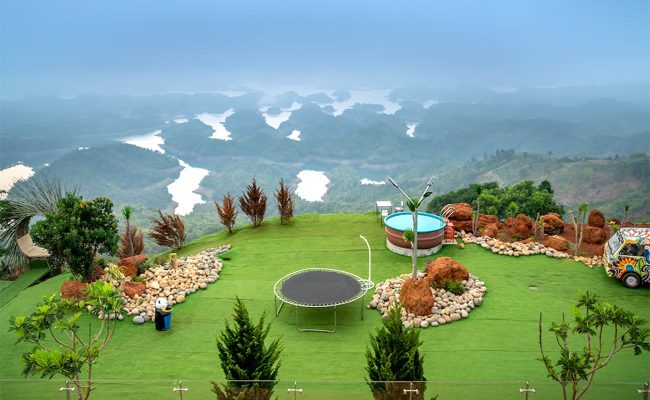
Artificial grass, also known as synthetic turf, has gained immense popularity in recent years. With its realistic appearance and low maintenance requirements, it is being used in a variety of applications, from residential lawns to sports fields. In this article, we will explore the different applications of artificial grass and the benefits it offers in each setting.
Artificial grass is becoming increasingly popular in various applications due to its realistic appearance and minimal upkeep. One of its most common uses is for residential lawns. Homeowners are opting for artificial grass as it provides a lush, green aesthetic without the hassle of mowing, watering, and fertilizing. Additionally, it remains vibrant and intact even in areas with heavy foot traffic or shade. This makes it an excellent choice for families with children or pets.
Residential Lawns
Residential artificial grass is one of the most prevalent applications.Many homeowners are turning to artificial turf as an alternative to natural grass due to its numerous advantages. Artificial grass provides a beautiful green lawn all year round, with no need for mowing, watering, or fertilizing. It’s particularly useful in regions where water scarcity is an issue or where the climate is not suitable for growing natural grass.
Sports Fields
Artificial grass has revolutionized the sports industry. The use of synthetic turf in sports fields has become increasingly popular due to its durability and all-weather capabilities. Whether it’s a football field, a soccer pitch, or a tennis court, artificial grass can provide a consistent playing surface that is resistant to heavy use and extreme weather conditions.
Artificial grass offers numerous advantages over natural grass in sports fields. Its durability ensures that it can withstand constant use and heavy foot traffic without wearing down or developing bare patches. This is particularly beneficial for sports like football and soccer, where the ground is constantly being trampled on and subjected to intense physical activity.
Playgrounds
Artificial grass is an excellent choice for playgrounds and recreational areas. Its soft and cushioned surface provides a safe environment for children to play and reduces the risk of injuries from falls. Synthetic turf is also resistant to wear and tear, making it ideal for high-traffic areas.
Furthermore, synthetic turf is designed to be durable and long-lasting, allowing for years of uninterrupted use. It can withstand heavy foot traffic, extreme weather conditions, and intense play without deteriorating or becoming uneven. This ensures that playgrounds and recreational areas remain functional and visually appealing for a long time.
In conclusion, artificial grass is a practical and reliable choice for playgrounds and recreational areas. Its soft and cushioned surface, low maintenance requirements, durability, and versatility make it an excellent investment for both children’s safety and long-term functionality.
Commercial and Public Spaces
Artificial grass is not only limited to residential and sports applications but also finds its place in commercial and public spaces. It is increasingly being used in hotels, restaurants, shopping centers, and public parks to create attractive and low-maintenance outdoor areas.
Rooftop Gardens and Balconies
Artificial grass is also a popular choice for rooftop gardens and balconies, where natural grass is not feasible. These areas often have limited access to sunlight and water, making it difficult to maintain natural grass. Artificial turf provides a green and vibrant space without the need for regular watering or exposure to sunlight.
Conclusion
Artificial grass has become a popular choice for a wide range of applications due to its realistic appearance, durability, and low maintenance requirements. From residential lawns to sports fields, playgrounds to commercial spaces, and rooftop gardens to balconies, artificial turf provides numerous benefits in each setting.
Leave a Reply